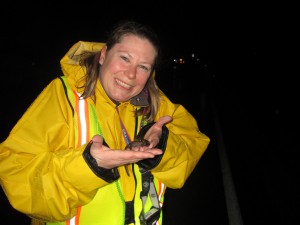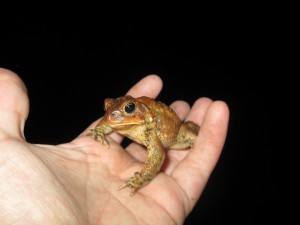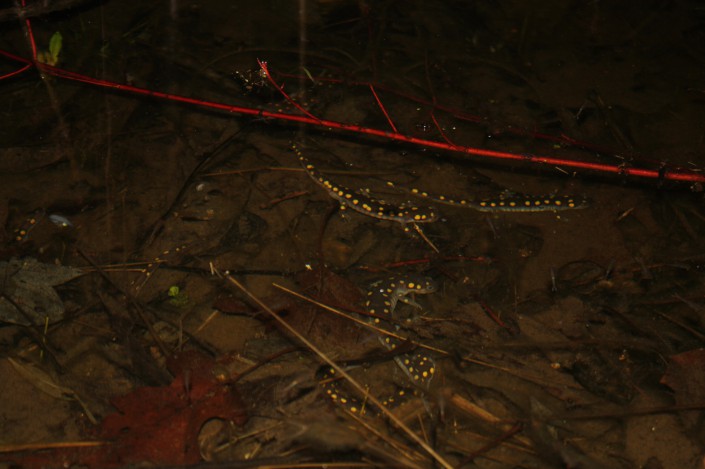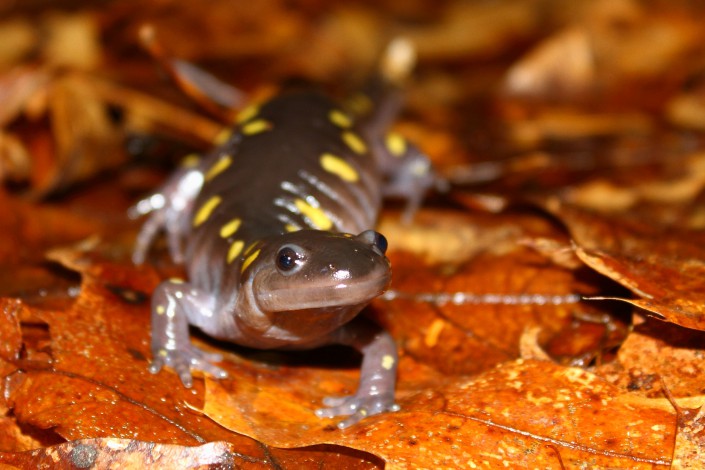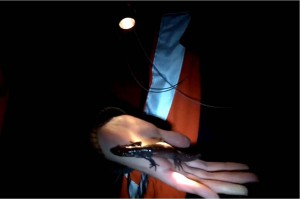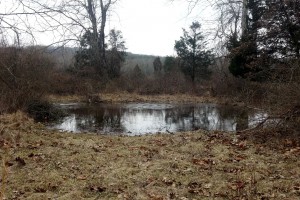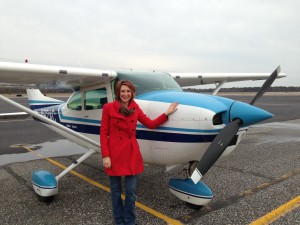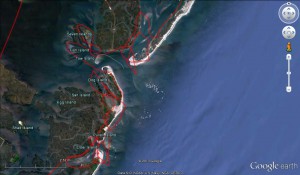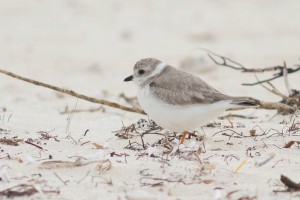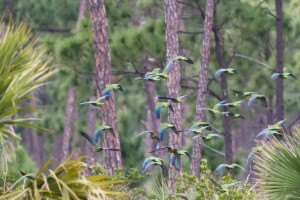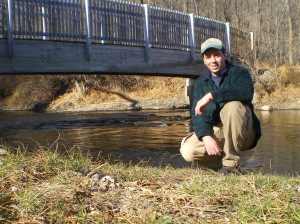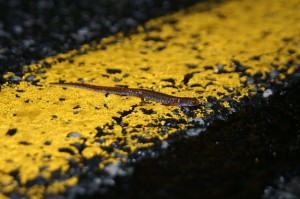Attend the NJ Wildlife & Conservation Conference on April 26th
Public invited to hear expert panels on invasive species, wildlife disease, and other threats facing sportsmen and wildlife conservationists
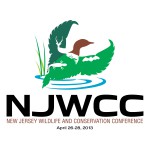 Hunters and birdwatchers alike will come together for the first annual New Jersey Wildlife and Conservation Conference on April 26, 2013 in Eatontown, New Jersey. Conserve Wildlife Foundation of NJ (CWF) is partnering with the New Jersey State Federation of Sportsmen’s Clubs and the New Jersey Division of Fish & Wildlife to host these expert panels at the Sheraton Eatontown Hotel at 6 Industrial Way East in Eatontown, N.J.
Hunters and birdwatchers alike will come together for the first annual New Jersey Wildlife and Conservation Conference on April 26, 2013 in Eatontown, New Jersey. Conserve Wildlife Foundation of NJ (CWF) is partnering with the New Jersey State Federation of Sportsmen’s Clubs and the New Jersey Division of Fish & Wildlife to host these expert panels at the Sheraton Eatontown Hotel at 6 Industrial Way East in Eatontown, N.J.
“Working together for wildlife was the catalyst that blurred the lines between the Federation camouflage and Conserve Wildlife green, enabling us to partner together and tackle the complex fish and wildlife issues facing New Jersey today,” said Frank Virgilio, President of the New Jersey State Federation of Sportsmen’s Clubs.
The inaugural conference will feature panels of wildlife experts from New Jersey Audubon, the New Jersey Outdoor Alliance, and many other organizations, exploring timely and controversial issues ranging from invasive species and wildlife disease to our declining forest health and conservation advocacy.
“The many conservation enthusiasts in New Jersey owe a great deal to sportsmen, who practiced wildlife conservation long before it entered national consciousness,” said CWF Executive Director David Wheeler. “Today our shared interests have led to countless success stories, protecting New Jersey’s valuable habitat and wildlife species during a time when we face more challenges than ever. This conference will tackle those issues with the most timely and meaningful information available.”
Individuals or companies seeking to register should visit www.ConserveWildlifeNJ.org. Discounted rates for attending are as low as $20 for the all-day panels.
